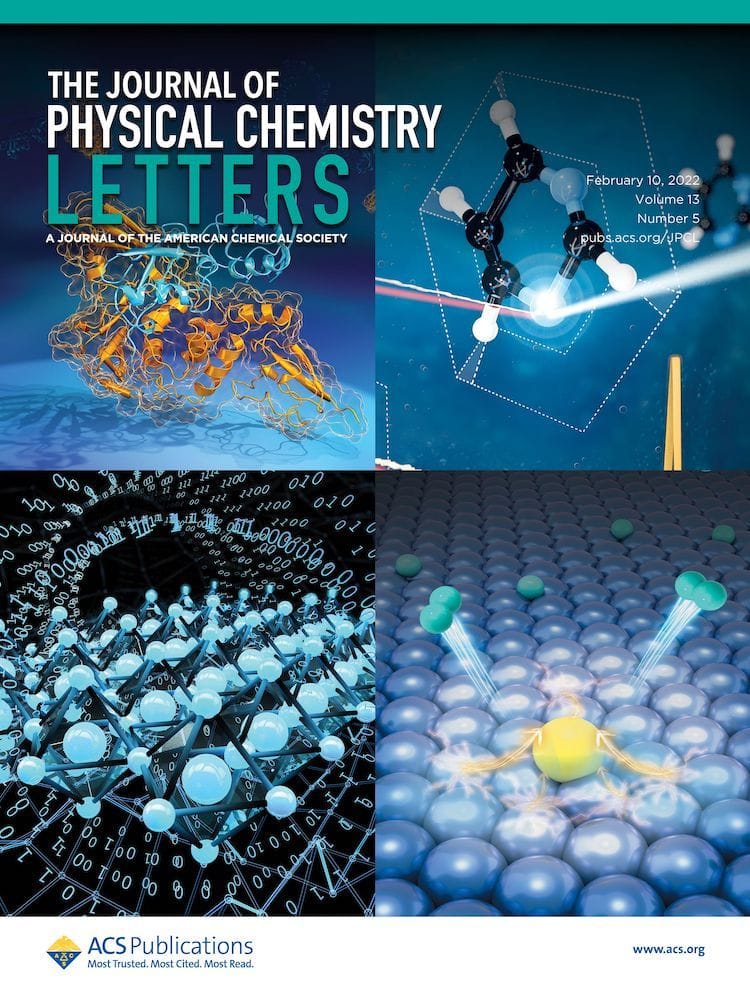In 2013, the editors of the Journal of Physical Chemistry Letters realized that to increase authors’ reach, they’d need to attract a wider audience, including readers from outside the chemical physics and atomic molecular physics disciplines. To do that, published articles would need to be made more accessible, possibly shorter, and friendlier to mobile devices. How could […]

In 2013, the editors of the Journal of Physical Chemistry Letters realized that to increase authors’ reach, they’d need to attract a wider audience, including readers from outside the chemical physics and atomic molecular physics disciplines. To do that, published articles would need to be made more accessible, possibly shorter, and friendlier to mobile devices. How could JCPL simplify research for wide audiences while still retaining high quality for specialized readers? They’d need a supplementary format that would make research more visible—literally. That’s where ACS LiveSlides come in.
ACS LiveSlides are audio slide presentations that summarize key information from researchers’ published findings. Authors can upload five or six PowerPoint slides, an MP3 file of their description of their research, and suggested slide transitions in a matter of minutes. Because this format is more interactive and potentially more engaging, it expands the reach of the scientific results.
ACS LiveSlides make research accessible
Says JPCL Deputy Editor Prashant Kamat, “We started LiveSlides to give audiences a glimpse of research highlights in a more presentational style.”
The ACS LiveSlides presentations are accessible through a convenient viewer produced in partnership with the U.K.-based company, figshare. Each presentation includes a direct link to the originally published article.
Authors can link to this slideshow on professional websites and social media, and so can readers who find the work valuable. The multimedia format crosses disciplinary boundaries, so that interested people in other scientific fields can access and understand the gist of a given article.
ACS LiveSlides also help clarify research, limiting incorrect or broad readings.
“The authors tell you what they mean, rather than leaving interpretation to the readers,” says Kamat.
Increasing impact
ACS LiveSlides can increase readership for researchers who use the tool. Kamat said total page views already crept above 5,000 in the first months of the program.
ACS LiveSlides doesn’t just promote authors and their articles, but also helps young scientists learn to explain their research effectively. Viewing existing ACS LiveSlides and modeling presentations after them coaches students to be eloquent and concise, and to think about communicating the significance of their work.
Says Kamat, “I use LiveSlides to train my own students.”
ACS LiveSlides as well as all JPCL Supporting Information files can be found here.
Want to submit ACS LiveSlides for your article? JPCL wants to post it. To learn more, contact Deputy Editor Prashant Kamat.
